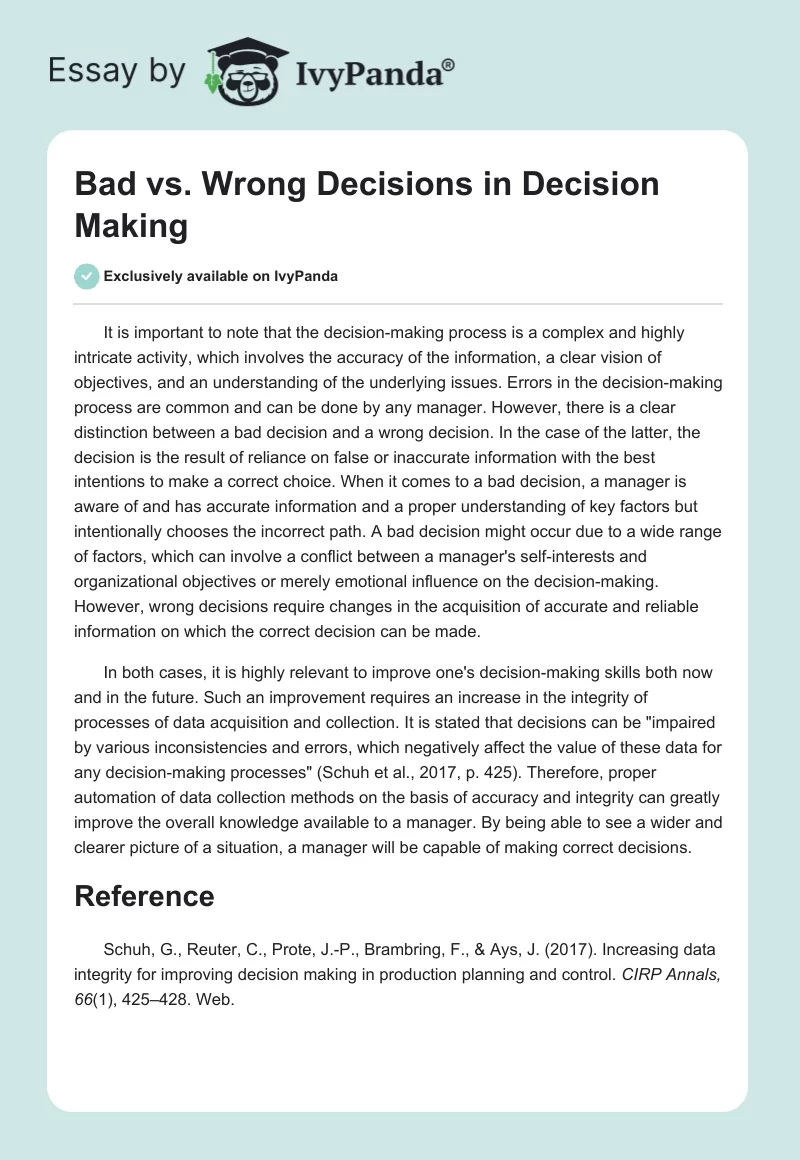Examples Of Bad Decision Making In Organizations

Imagine a boardroom, tension thick enough to cut with a knife. A pivotal decision hangs in the balance, one that could either propel the company to new heights or send it spiraling downwards. Yet, somehow, the decision that emerges feels…off. Detached from reality, overlooking crucial details, and seemingly driven by something other than sound judgment.
Such scenes, unfortunately, are more common than we’d like to admit. This article delves into the pervasive issue of poor decision-making within organizations, examining real-world examples and highlighting the underlying factors that contribute to these costly mistakes.
The Perils of Groupthink: When Agreement Trumps Accuracy
One of the most well-documented pitfalls in organizational decision-making is groupthink. It's a psychological phenomenon where the desire for harmony and conformity within a group overrides critical thinking and independent analysis.
A classic example is the 1961 Bay of Pigs invasion. President Kennedy's advisors, eager to please and avoid dissent, failed to thoroughly vet the flawed plan to overthrow Fidel Castro. The result was a disastrous failure that significantly damaged the United States' international reputation.
More recently, the collapse of energy giant Enron can be partly attributed to groupthink. Senior executives, blinded by their own success and insulated from dissenting voices, ignored warning signs about the company’s fraudulent accounting practices.
The Warning Signs of Groupthink
Recognizing the symptoms of groupthink is crucial for preventing its detrimental effects. These include an illusion of invulnerability, unquestioned belief in the group's inherent morality, and direct pressure on dissenters.
Additionally, self-censorship, where individuals suppress their own doubts, and the presence of "mindguards," who shield the group from contradictory information, are also red flags.
Overconfidence Bias: Blinded by Past Successes
Another common trap is overconfidence bias, the tendency to overestimate one's own abilities and knowledge. This can lead to reckless decisions based on faulty assumptions and a failure to adequately assess risks.
The 2008 financial crisis provides a stark illustration. Many financial institutions, buoyed by years of unprecedented growth, became overly confident in their ability to manage complex financial instruments like mortgage-backed securities. They underestimated the potential for widespread defaults and ignored warning signs of an impending collapse.
According to a report by the Financial Crisis Inquiry Commission, "There was a systemic breakdown in accountability and ethics." This overconfidence fueled a culture of excessive risk-taking that ultimately contributed to the global economic meltdown.
Ignoring Data: Gut Feelings vs. Evidence
In today's data-driven world, it's surprising how often organizations fail to utilize available information when making crucial decisions. Relying solely on intuition or "gut feelings" can be a recipe for disaster.
Remember New Coke? In the mid-1980s, Coca-Cola, despite extensive market research, replaced its iconic formula with a sweeter version. The backlash from loyal customers was swift and fierce, forcing the company to quickly revert to the original formula.
The key takeaway from the New Coke debacle is the importance of listening to your customers and carefully analyzing market data before making drastic changes.
"The simple fact is that all the time and money and skill poured into consumer research on the new Coca-Cola could not measure or reveal the deep and abiding emotional attachment to Original Coke felt by so many people."as stated by *The Coca-Cola Company*.
Mitigating Bad Decisions: Fostering a Culture of Critical Thinking
Fortunately, there are steps organizations can take to improve their decision-making processes. Encouraging diverse perspectives, promoting open communication, and emphasizing data-driven analysis are essential.
Implementing structured decision-making frameworks, such as the OODA loop (Observe, Orient, Decide, Act), can help organizations systematically evaluate options and avoid common biases.
Ultimately, creating a culture where critical thinking is valued and dissenting opinions are encouraged is the best way to prevent bad decisions and foster long-term success.
In conclusion, the examples of bad decision-making highlight the importance of self-awareness, critical analysis, and a willingness to challenge assumptions within organizations. By learning from past mistakes and implementing robust decision-making processes, companies can navigate complex challenges and achieve sustainable growth.
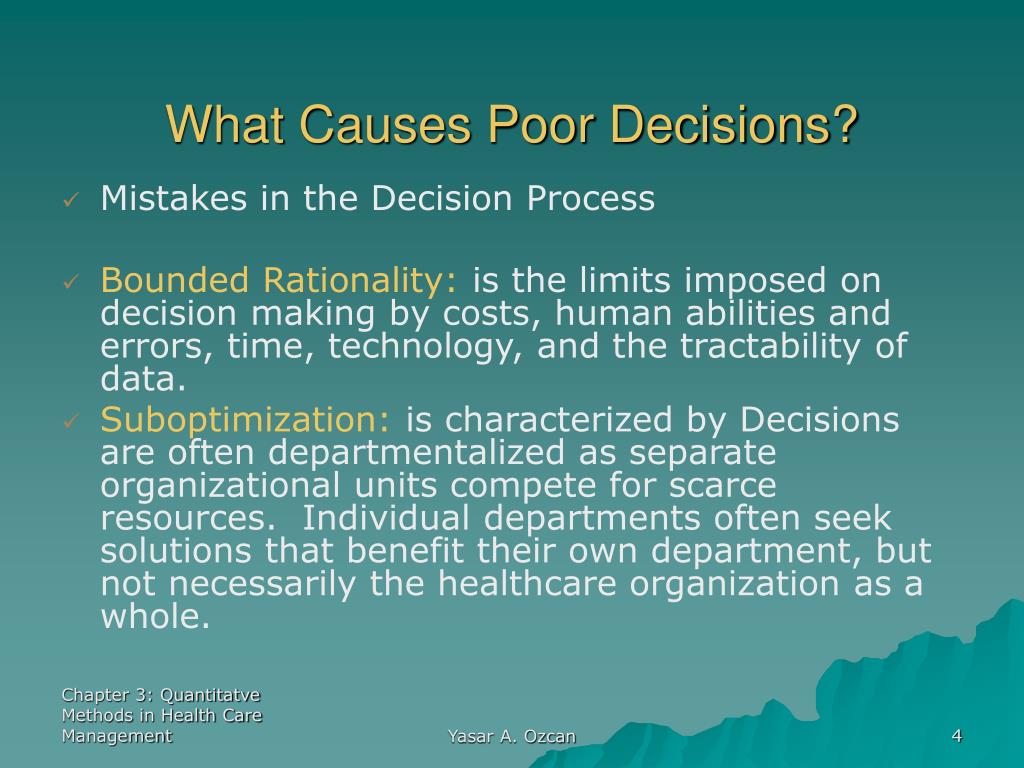
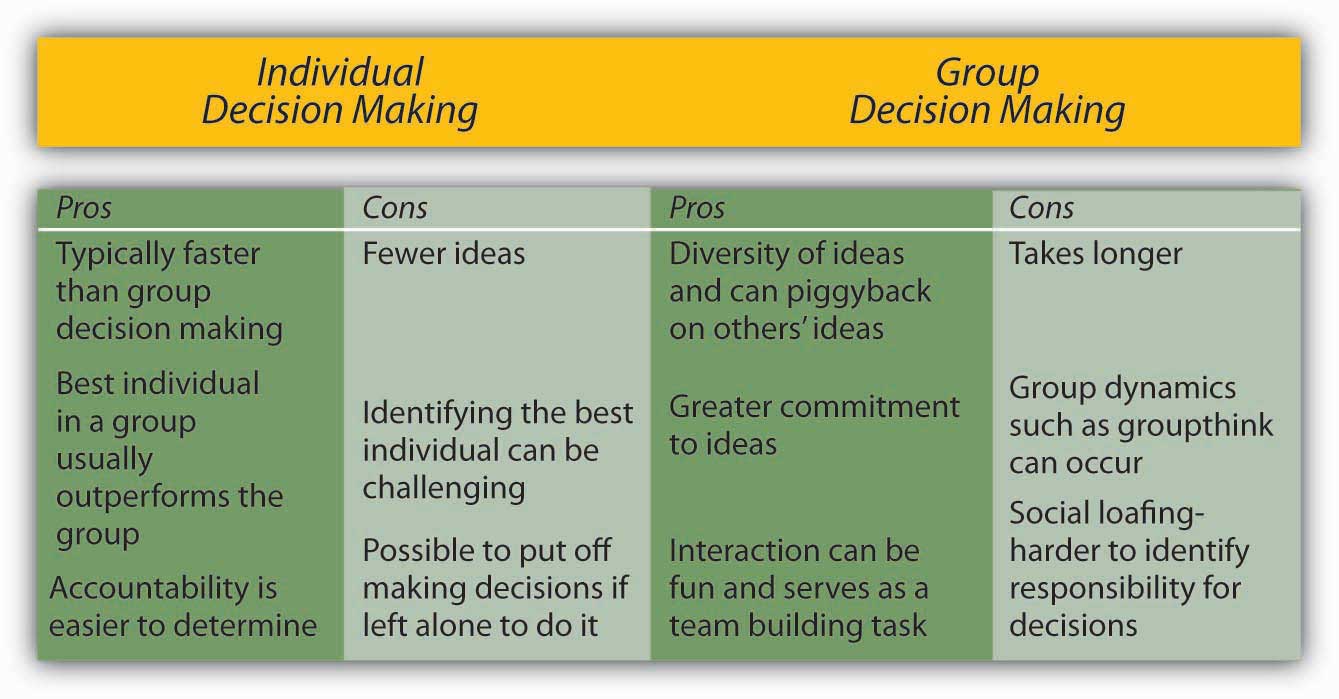

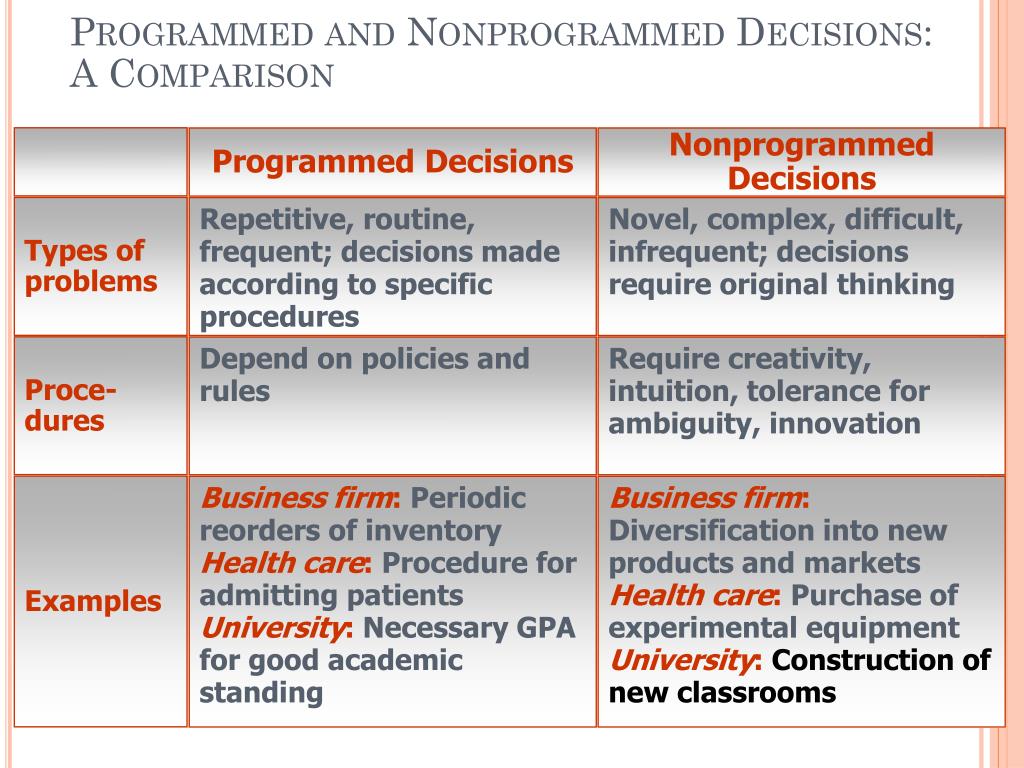
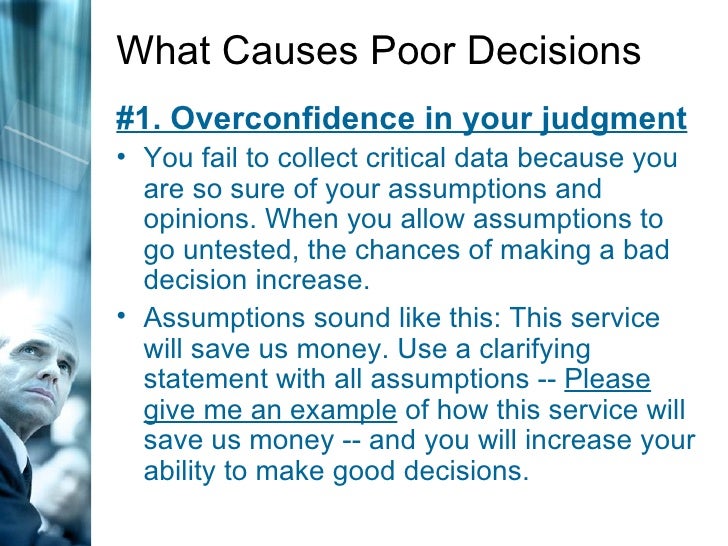




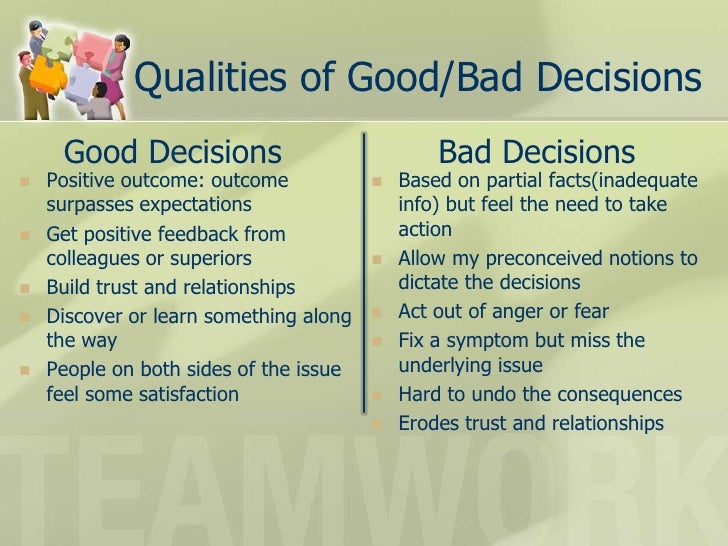
:max_bytes(150000):strip_icc()/decision-making-skills-with-examples-2063748-FINAL-5bad43d946e0fb002688e130.png)
